Soc Trang Three generations of Mr. Lam Van Huy's family, 71 years old, in My Xuyen district, have given up more than 4 hectares of land for tens of thousands of birds and storks to live.
Early in the morning of early December, the bird garden about 30 km from Soc Trang city of Mr. Huy's family in Trung Hoa hamlet, Giai Hoa 1 commune, resounded with the sounds of birds preparing to fly away to find food. The bird garden is isolated like a miniature forest, with many species of trees growing densely that only the garden owner can easily move around here.
The first person to lay the foundation to preserve this garden was Mr. Huy's grandfather, Mr. Lam Van Ich. About 100 years ago, Mr. Ich's family discovered a few birds nesting in the garden. At that time, the land was so large that the garden owner did not pay much attention. After that, hundreds of birds of various species such as storks, herons, and cuckoos came to live. Seeing that "good land attracts birds", Mr. Ich decided to keep the garden area intact, mainly with water coconut trees for them to live.
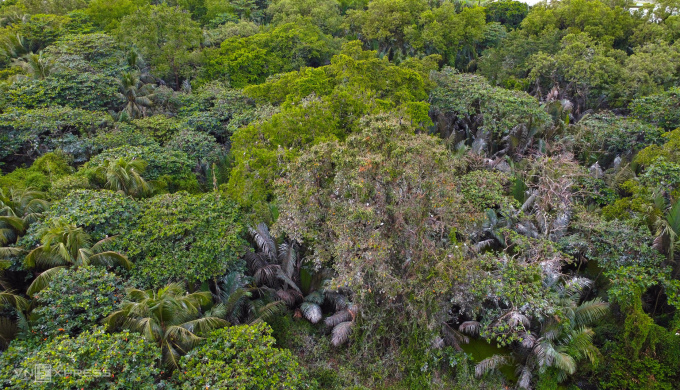
The bird garden of more than 4 hectares of Mr. Lam Van Huy's family has existed for the past 100 years after many changes. Photo: An Minh
Continuing the family tradition, Mr. Huy's father later built beds, planted coconut trees and bamboo for the birds to live in. The flock of birds grew larger every day, reaching tens of thousands. In 1971, war broke out, the enemy set up posts, reclaimed land, and cut down all the trees in the garden, forcing Mr. Huy's family to evacuate. The wild birds had no place to live and also left.
When peace was restored, Mr. Huy returned to his old place, and his family started cleaning up and planting new trees, hoping that the birds would return. About a year later, Mr. Huy was delighted when flocks of birds returned to make nests. "At this time, there were many birds, and they made nests on the low bushes of reeds and brambles," Mr. Huy said.
The number of birds in the garden increased day by day, so the garden owner planted coconut trees, bamboo and some native trees for them to live and breed. However, the increasing number of birds and storks in the garden attracted many people to watch and hunt them day and night. The number of species decreased significantly, and then they almost all left.
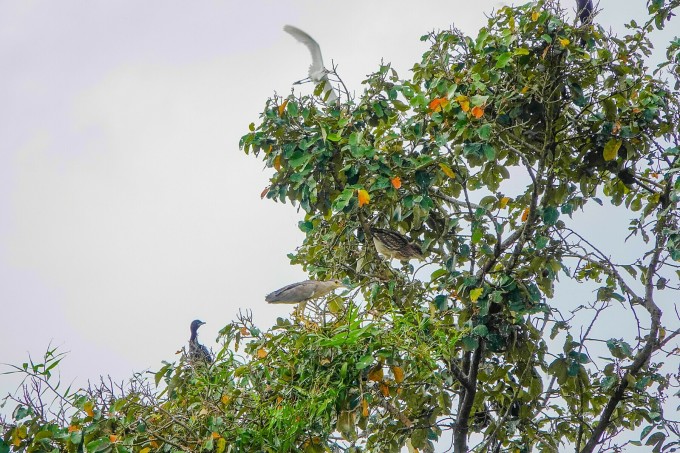
In addition to white storks and red-crowned cranes, the garden also has rare water mimosa and black ibis. Photo: Chuc Ly
Disappointed that he could not keep the wild birds that his family had cared for for generations, Mr. Huy left to do business elsewhere. But because he missed his old home, he returned four years later to farm and take care of the garden in the hope that the birds would return. Just two months later, the birds returned to the joy of the garden owner.
"At that time, I discovered that rare species such as the water mimosa and heron appeared in the garden, so I was even more motivated to protect the garden," said Mr. Huy, adding that he was heartbroken when he was repeatedly unable to save birds caught in hunters' bullets and traps.
In 1995, in order to keep the garden with fresh water all year round and not be contaminated by salt, Mr. Huy invested more than 50 million VND to build a surrounding embankment. Under the canal, he raised duckweed, catfish, and catfish to treat the water, as well as provide food for some small birds that could not go far to find food.
Some time later, to conveniently take care of the wild birds and guard against poachers, Mr. Huy spent nearly 100 million VND to build a small concrete road through the garden. "Apart from harvesting fresh coconuts every few months, the garden is a completely natural environment for the birds to live in, not generating any economic income," he said.
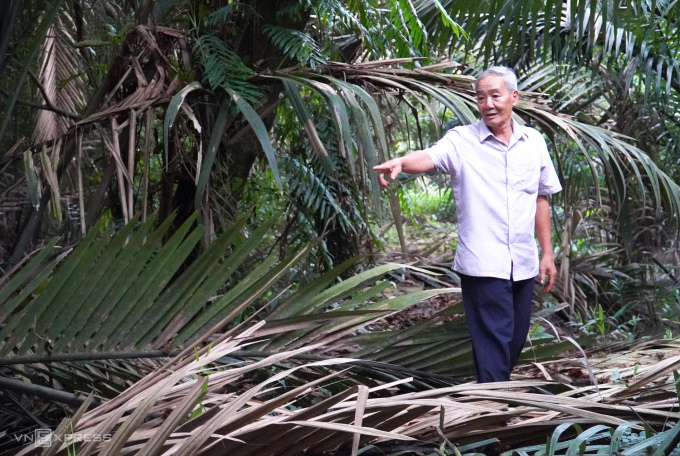
Mr. Huy shows traces of bird and stork hunters breaking into the garden. Photo: An Minh
The old farmer from the West said that even during the difficult war years, or when his family's economy was not stable, he always kept in mind that he could not exploit wild birds to sell. At that time, in addition to farming, he and his wife had to catch crabs and snails to earn extra income and send their three children to school. "The birds chose to live on the family's land as a "gift from heaven", so it was my responsibility to preserve them," said Mr. Huy.
According to Mr. Huy, despite the large number of birds, the birds live in harmony. In the morning, around 5am, the storks start flying out to find food, and half an hour later the storks arrive. In the afternoon, around 5pm, the diurnal birds return, and about an hour later the herons start looking for food.
Currently, Mr. Huy and his wife live in a small house next to the bird garden. Despite his old age and poor health, he still visits the garden twice a day. In recent years, knowing that his family is single, many thieves have come to hunt them. At times, he had to ask his relatives to take turns guarding the garden. Therefore, he hopes that the people and the government will join hands to protect the wild birds that his family has protected for many years.
An Minh
Source link


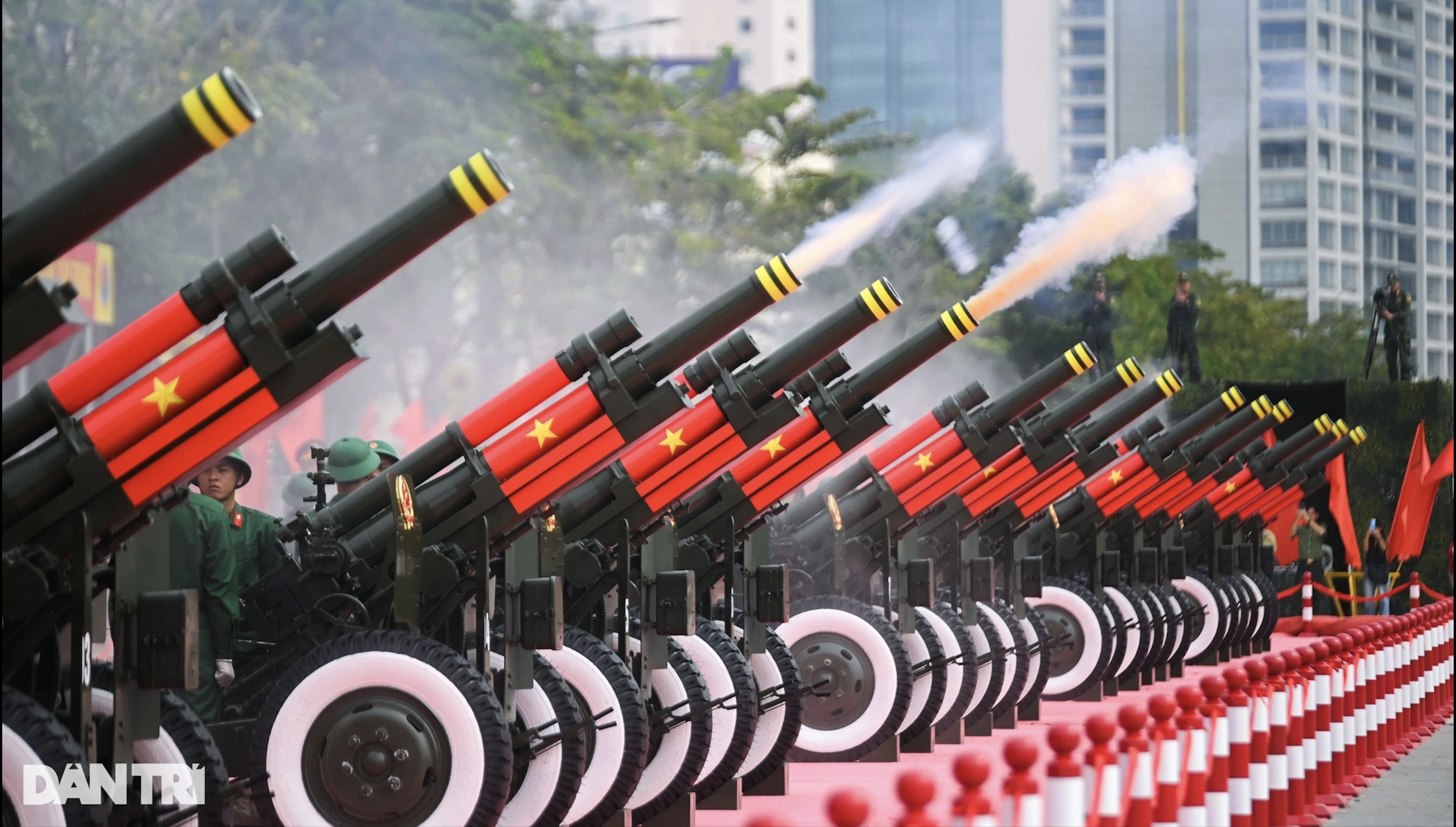




![[Photo] Visiting Cu Chi Tunnels - a heroic underground feat](https://vstatic.vietnam.vn/vietnam/resource/IMAGE/2025/4/8/06cb489403514b878768dd7262daba0b)








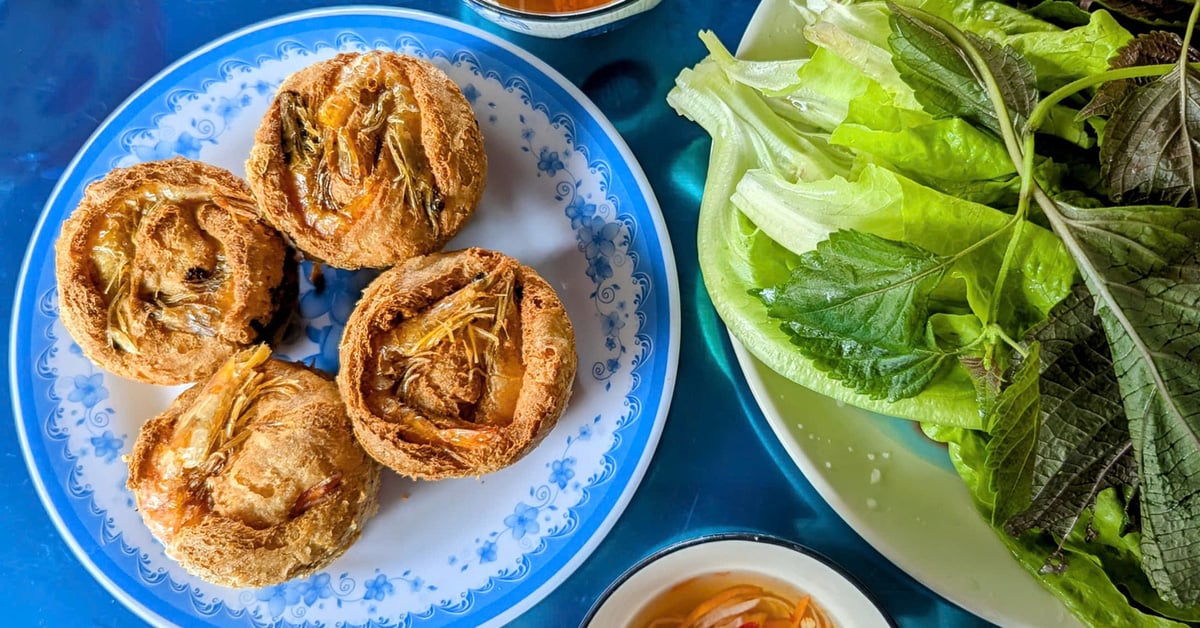

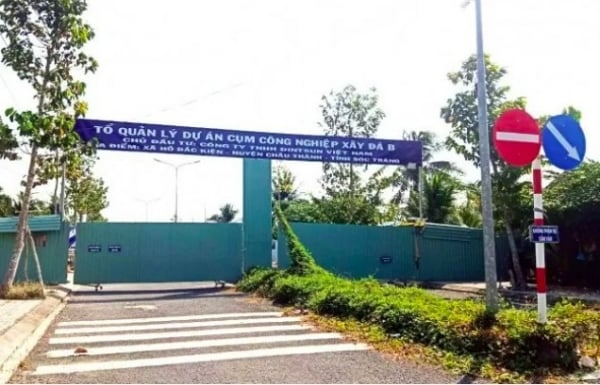

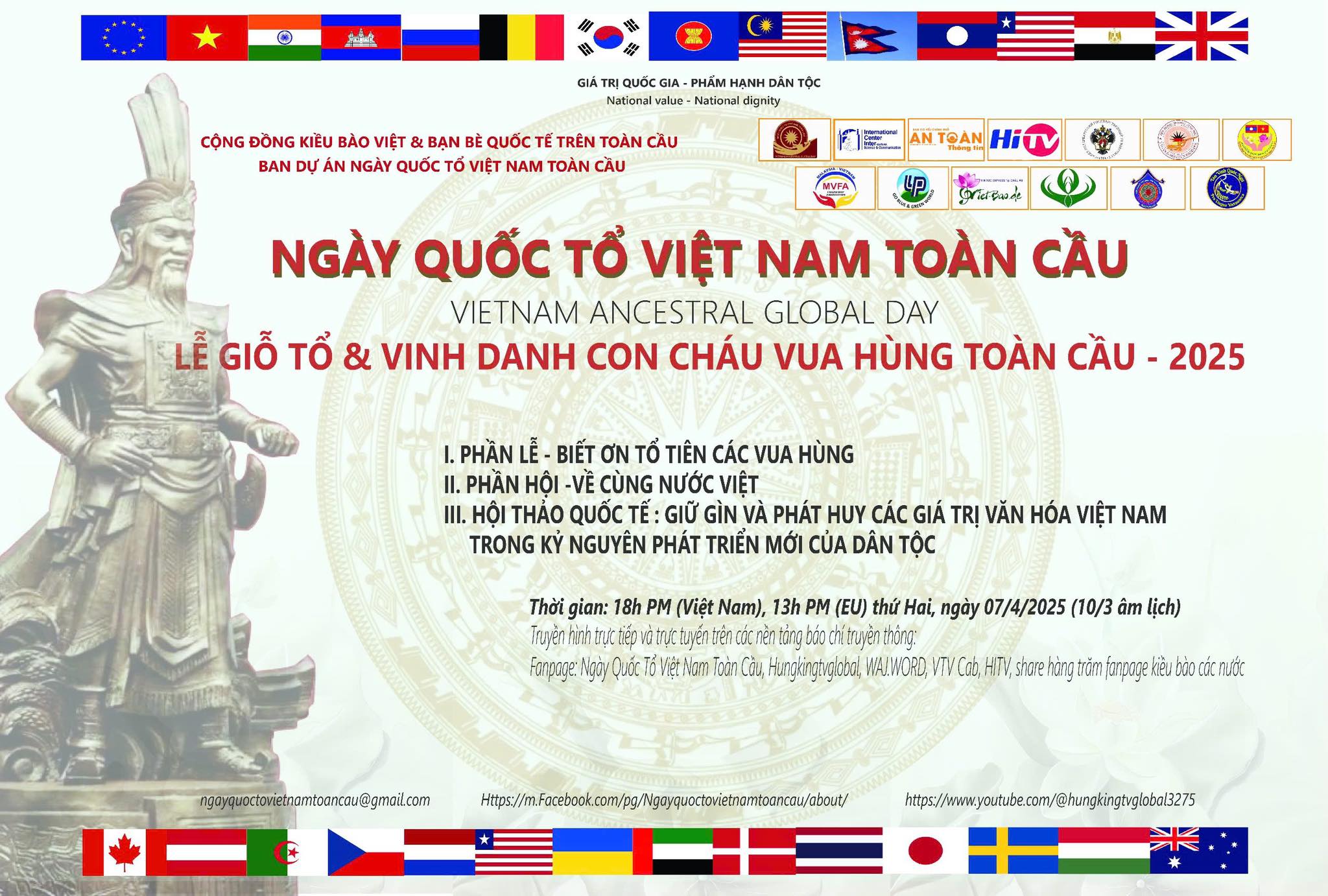
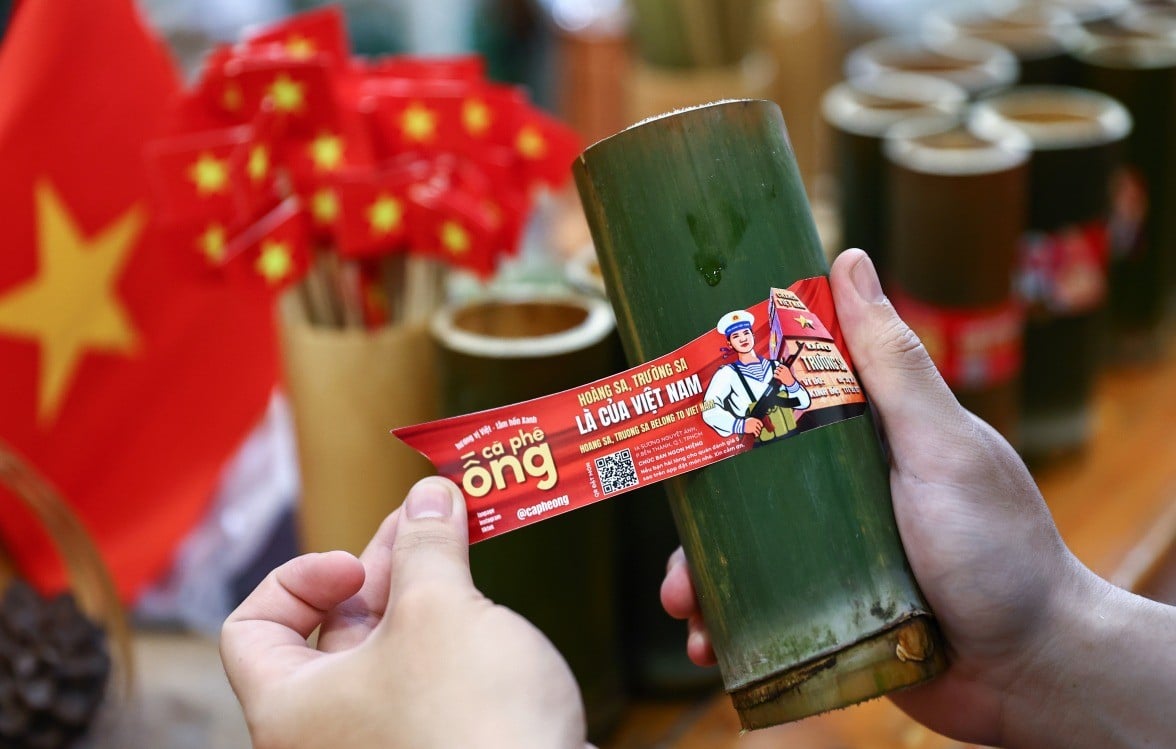





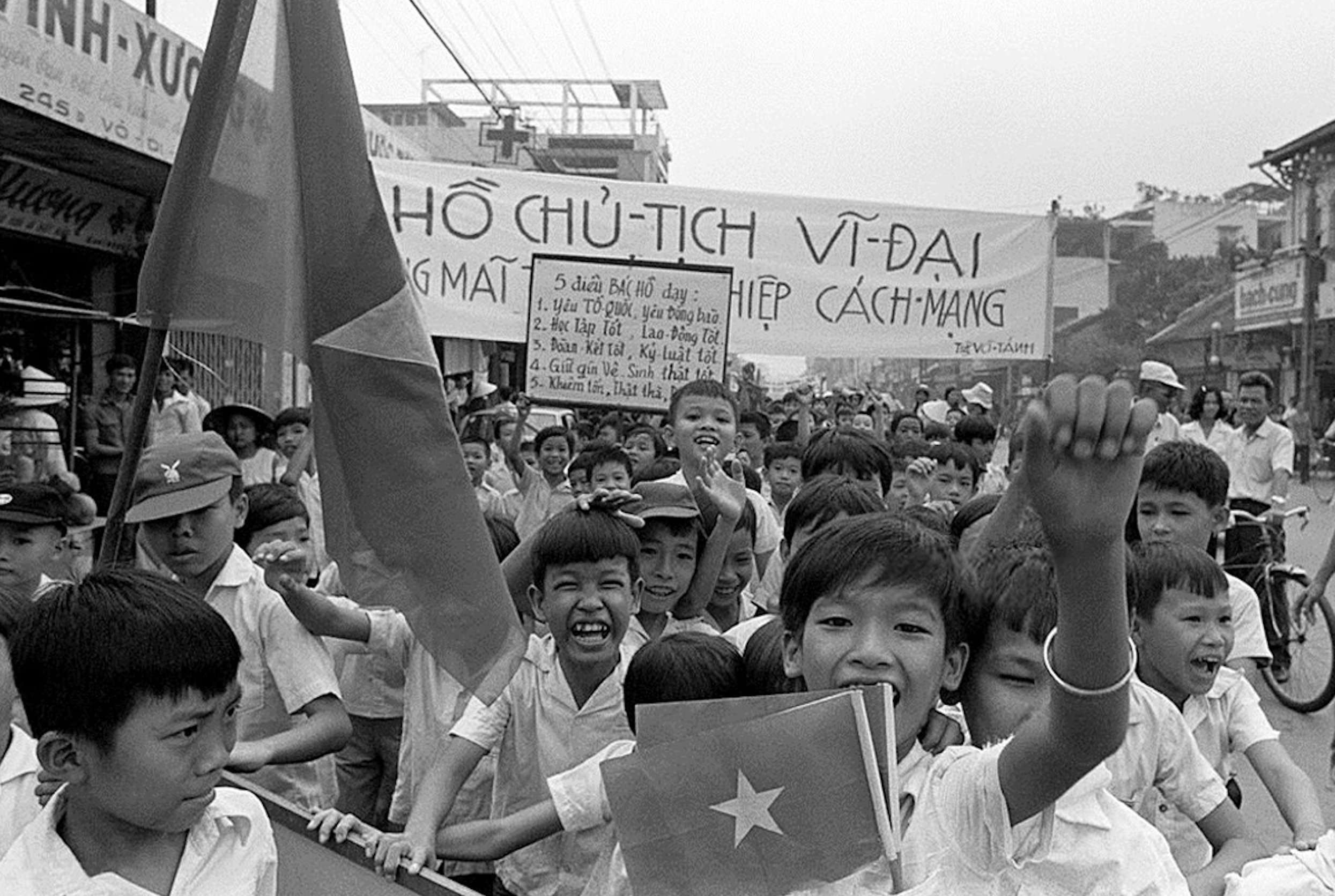
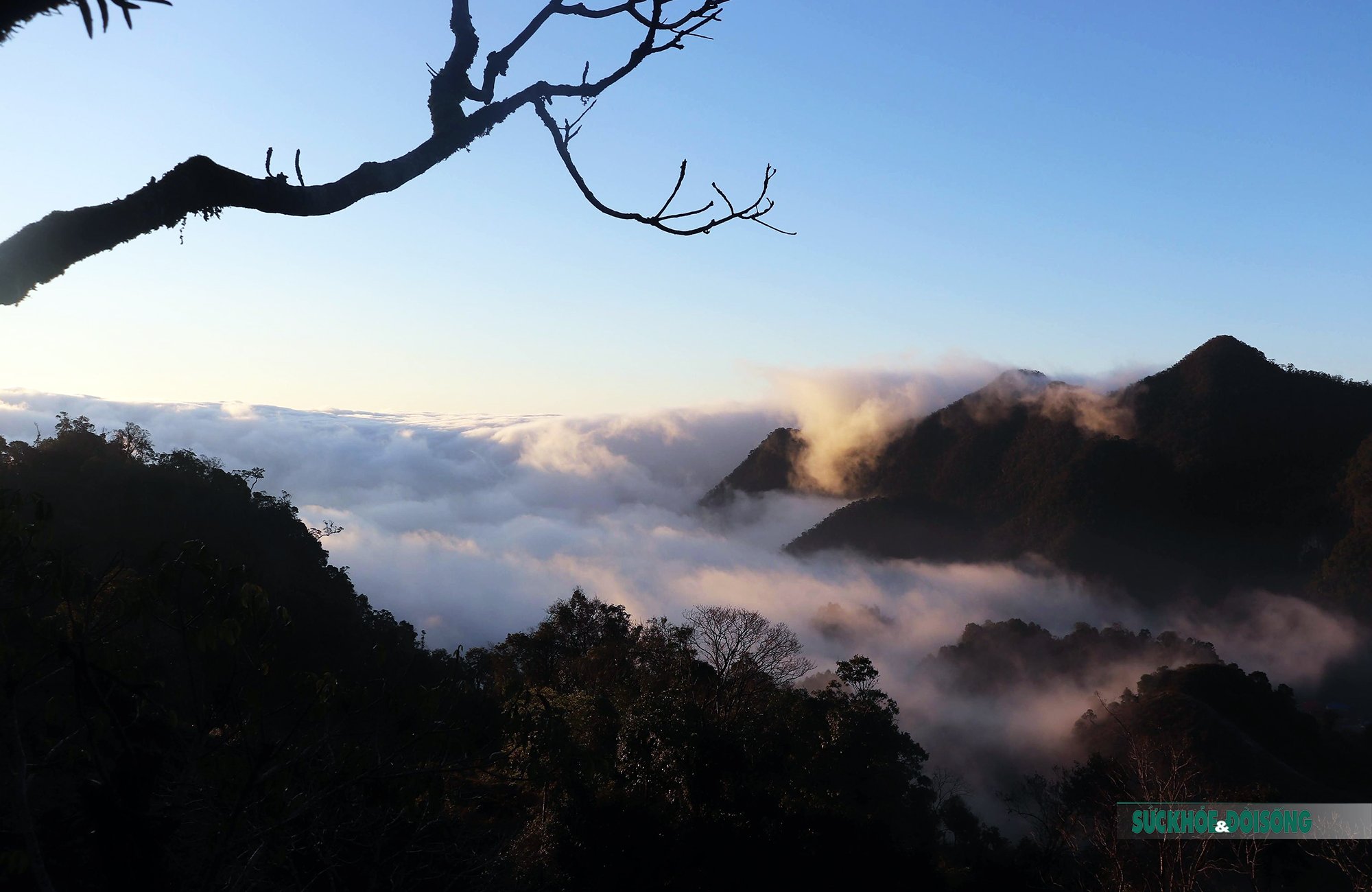






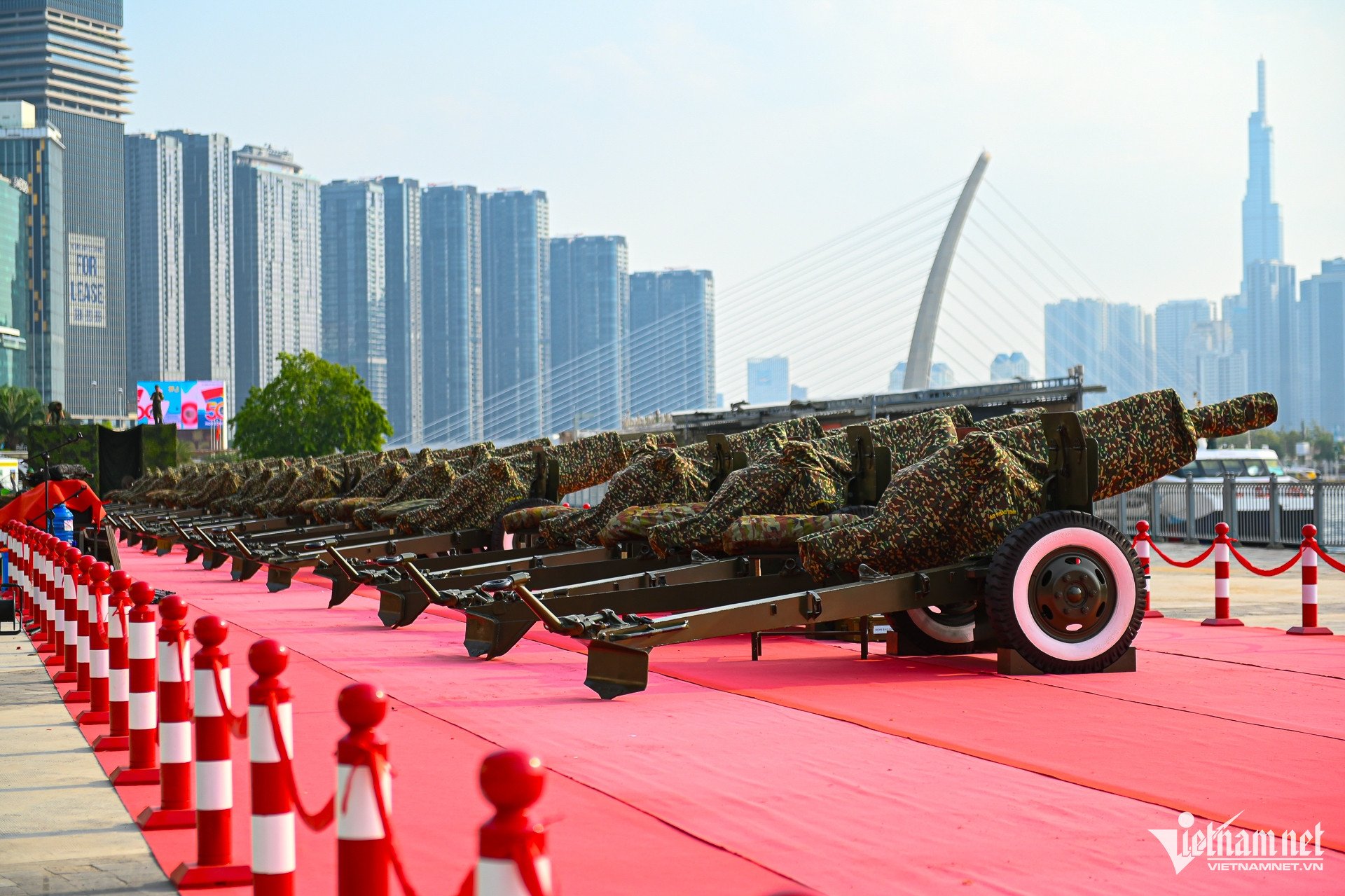
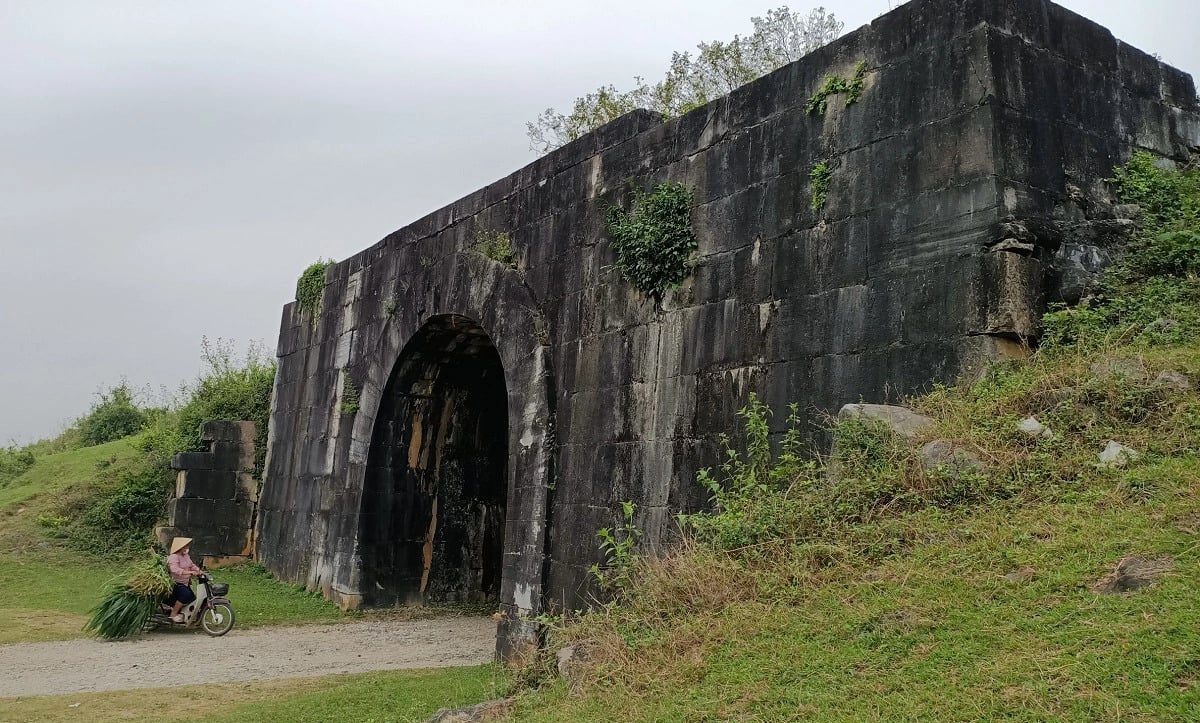

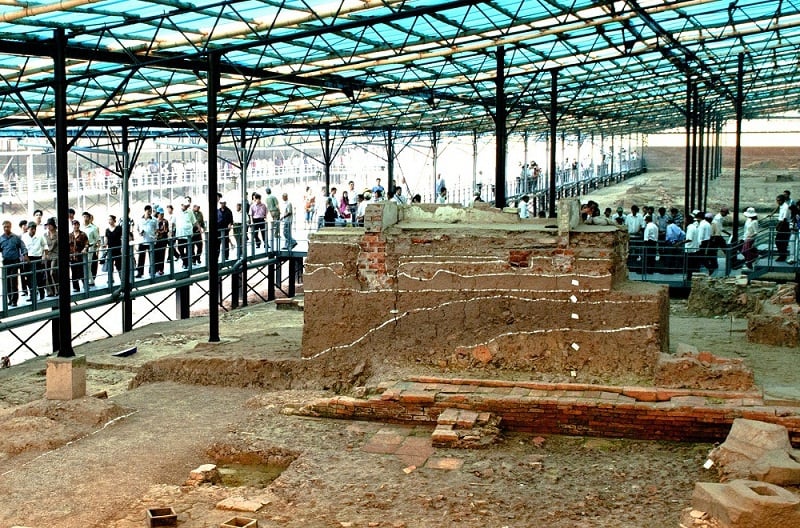

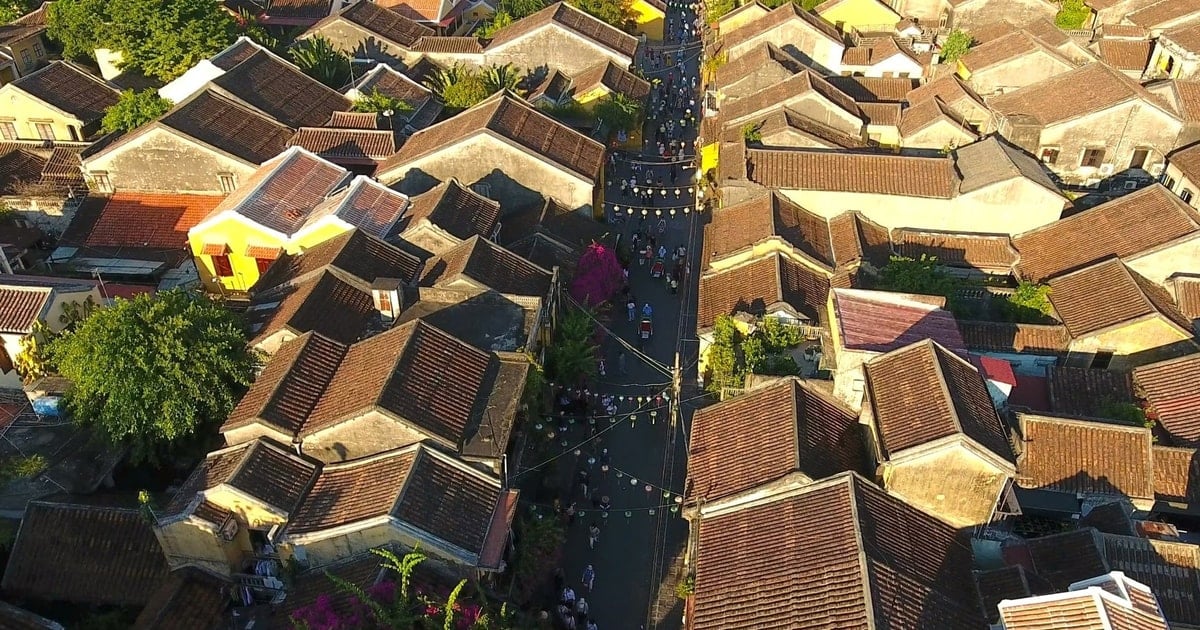

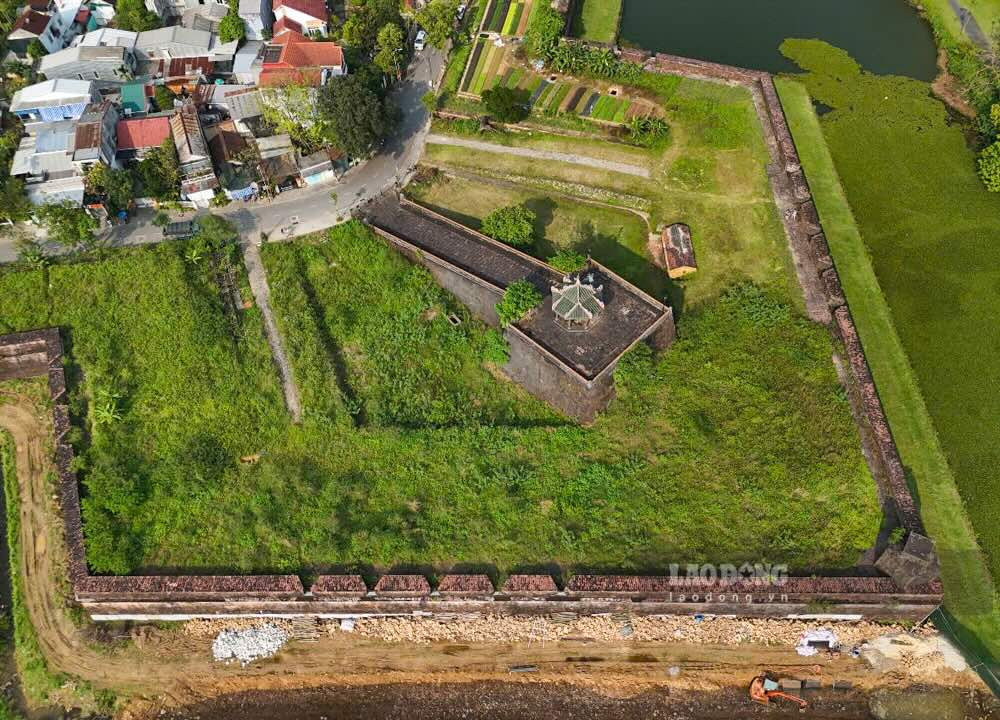

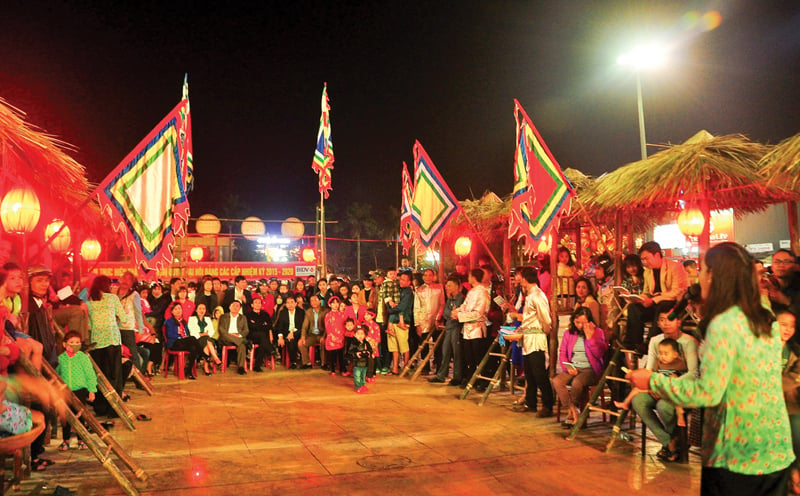

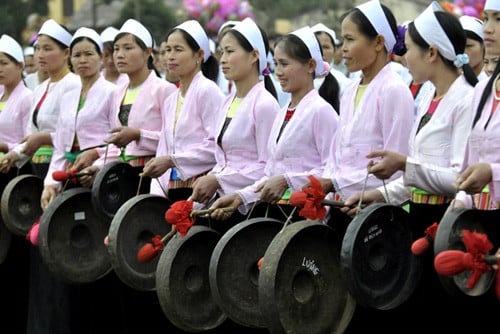

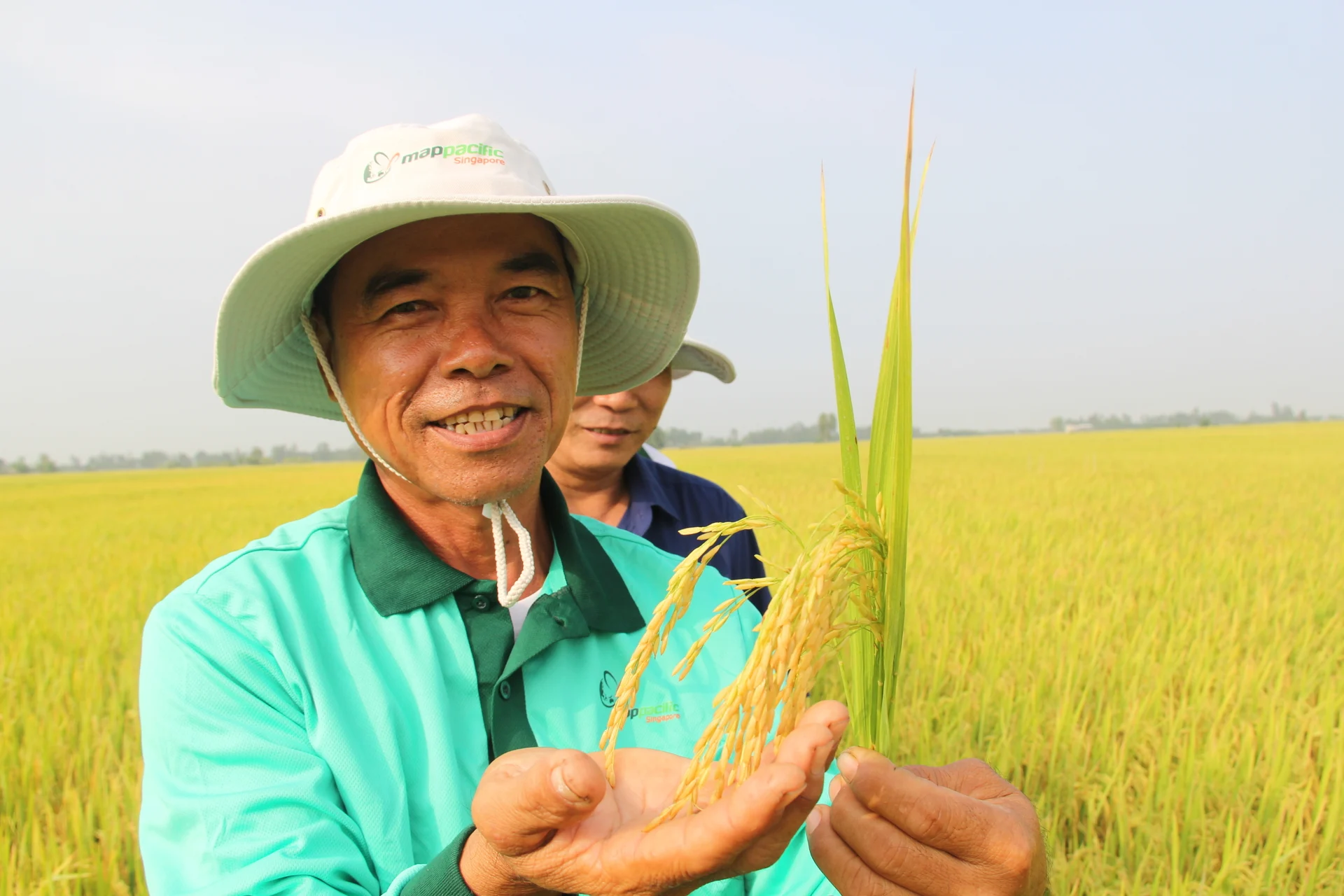

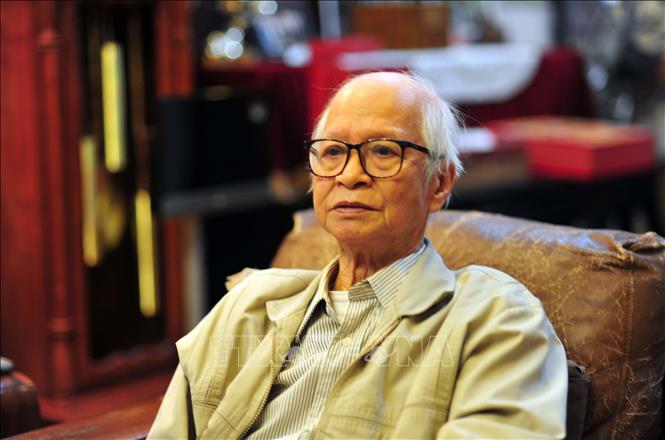



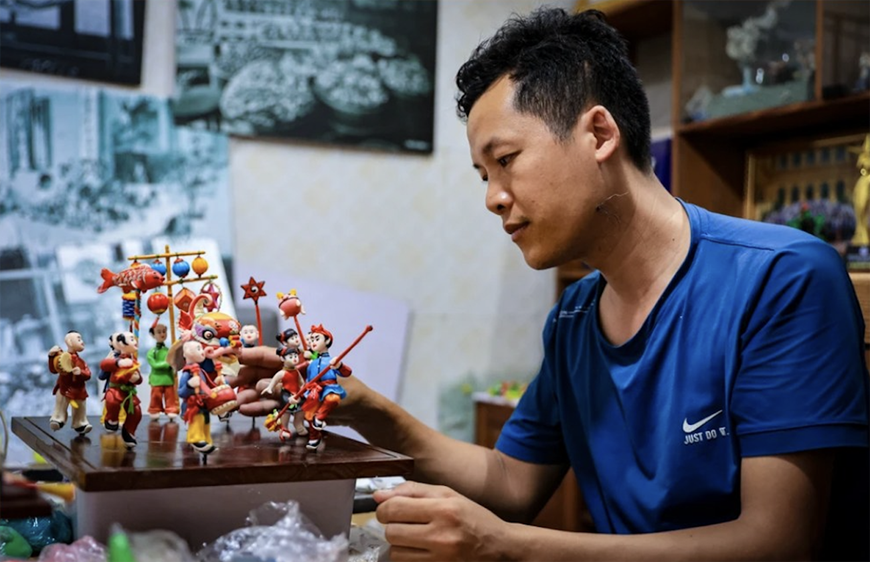

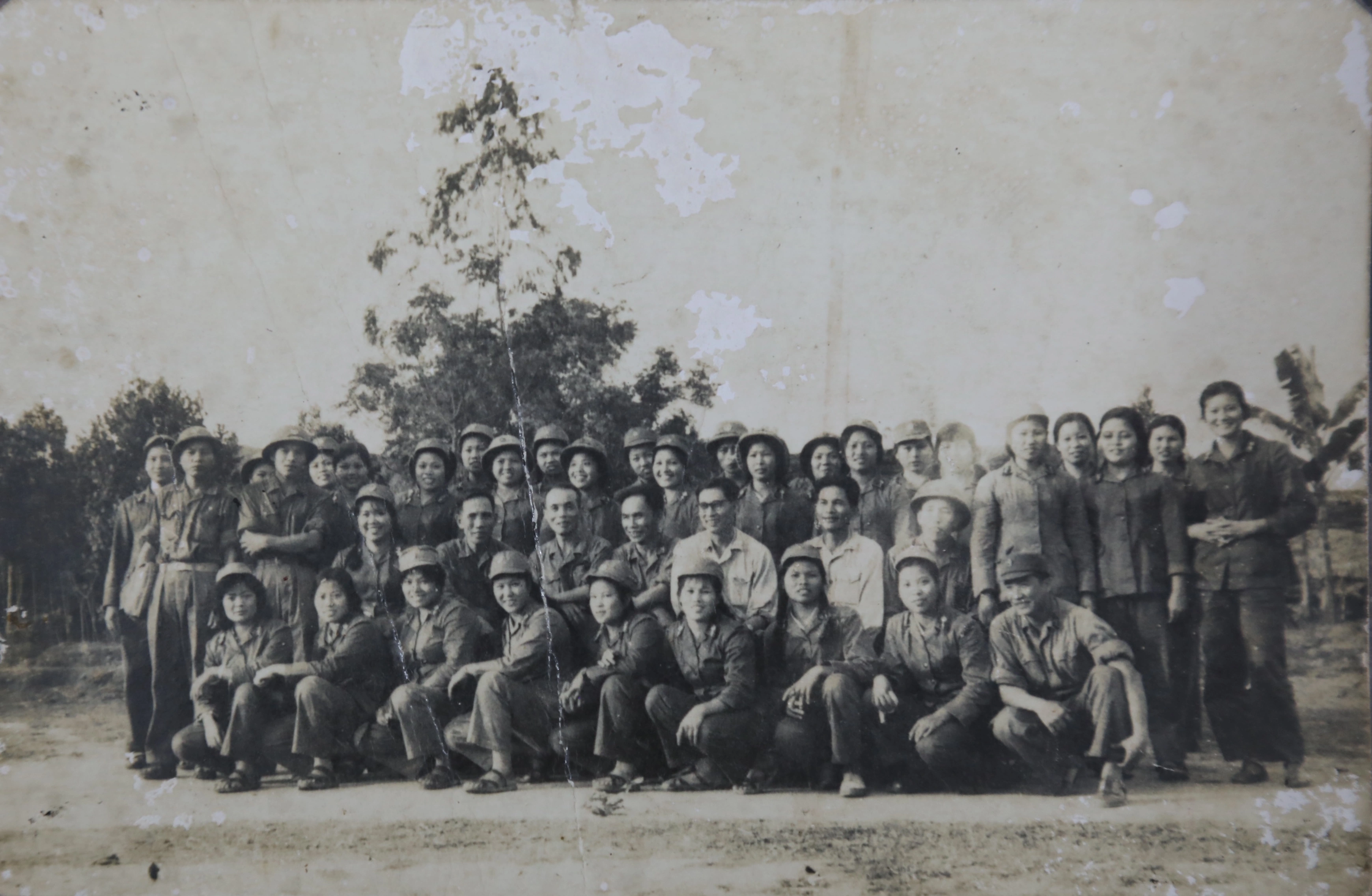







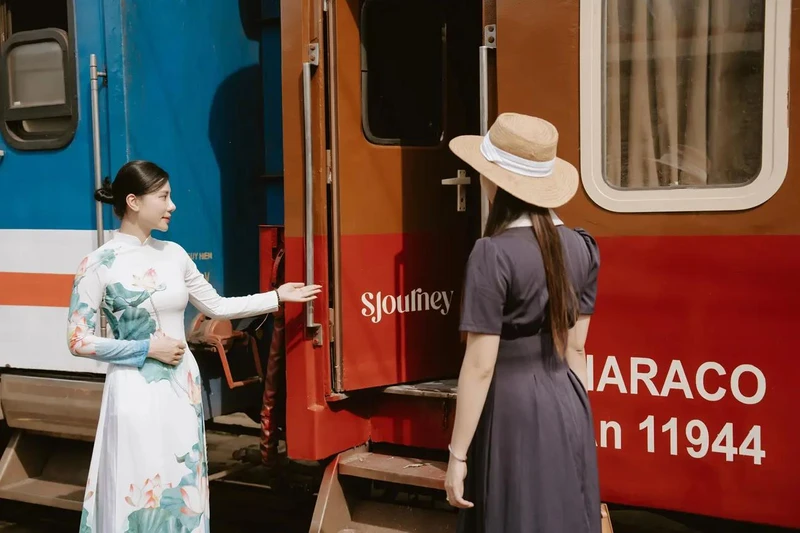

















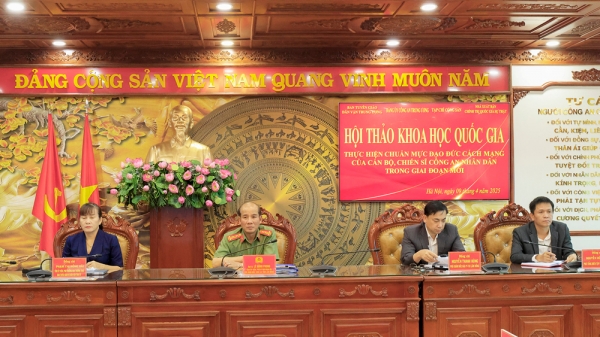



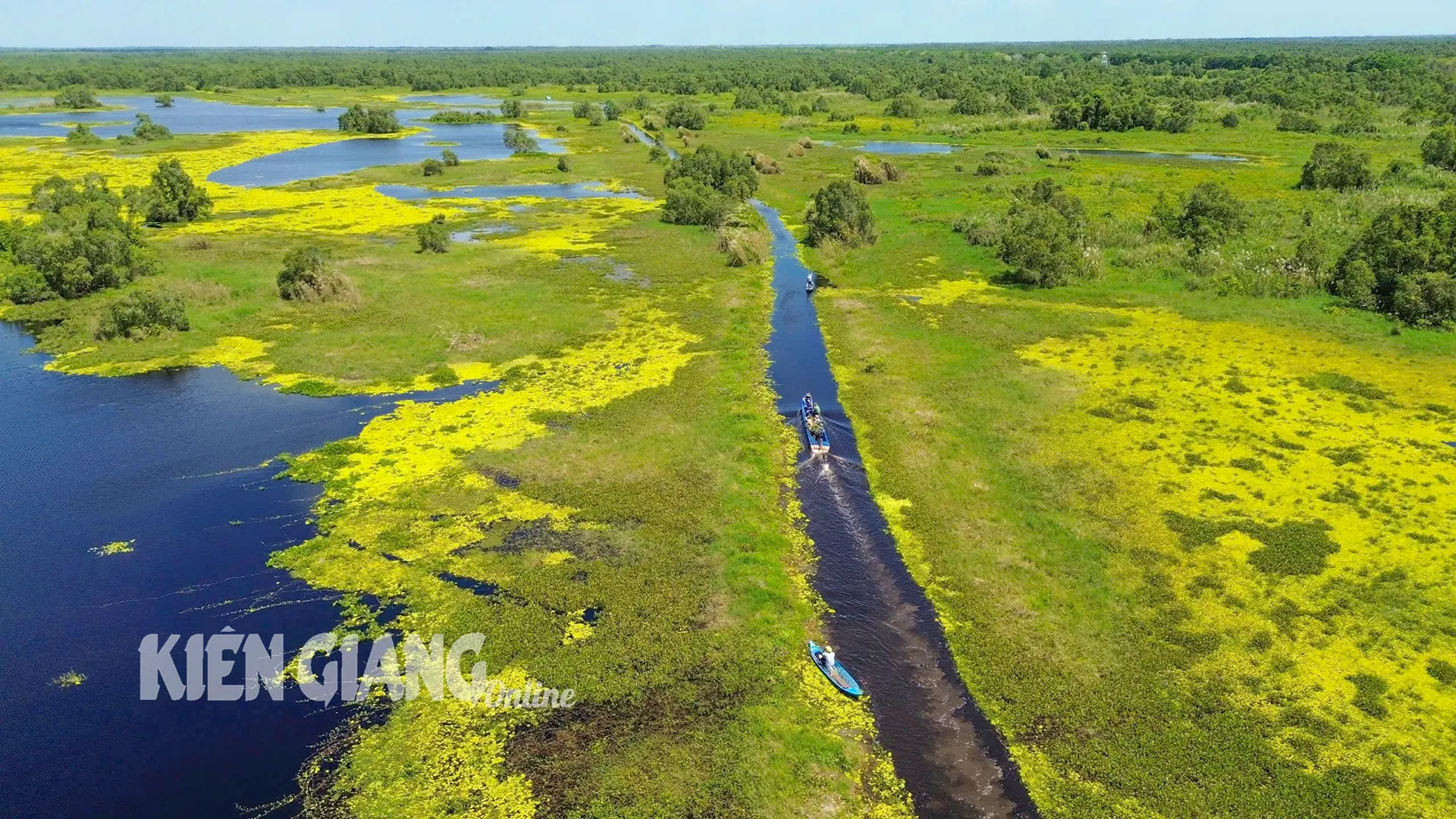
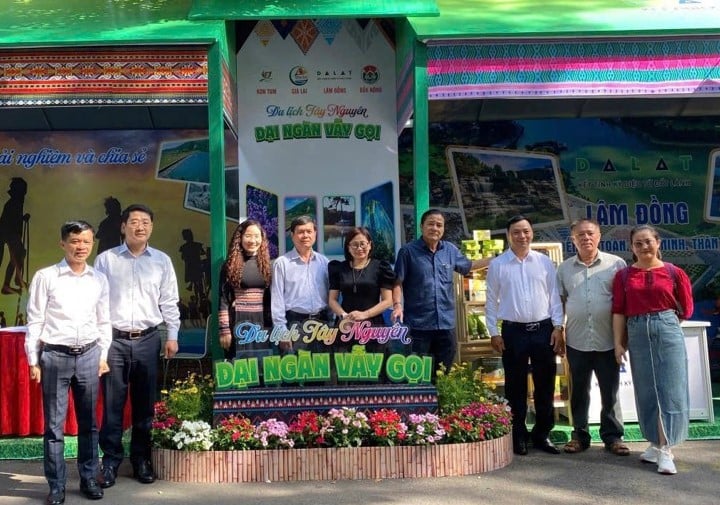

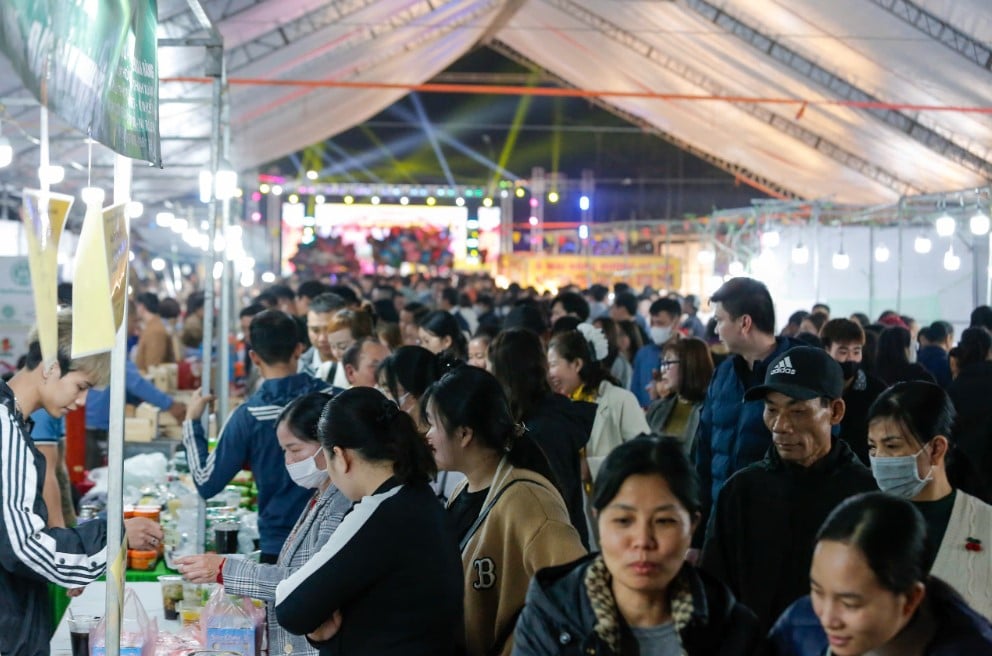
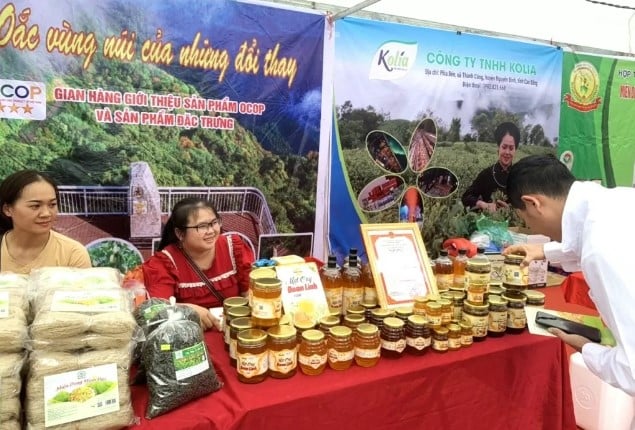
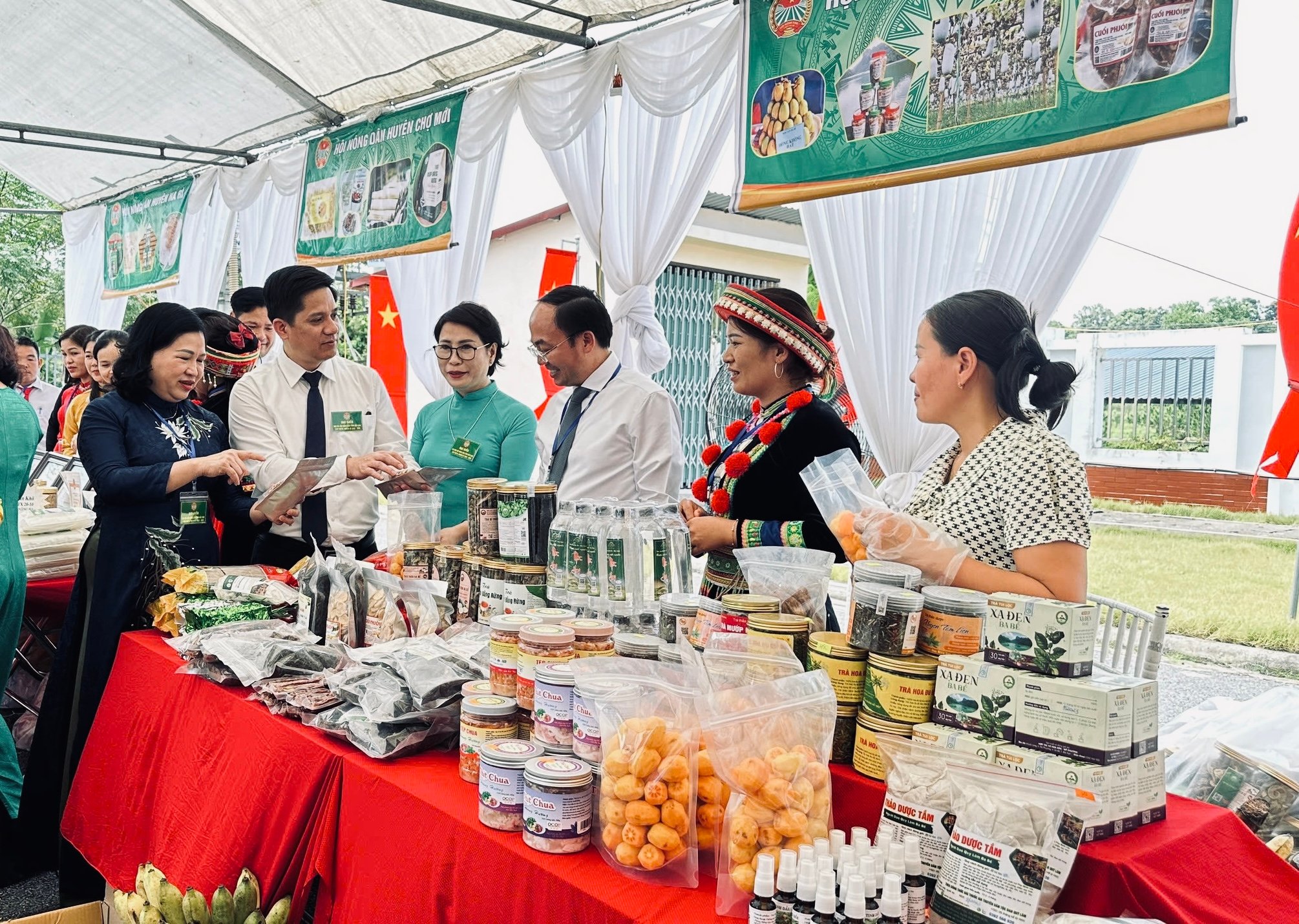


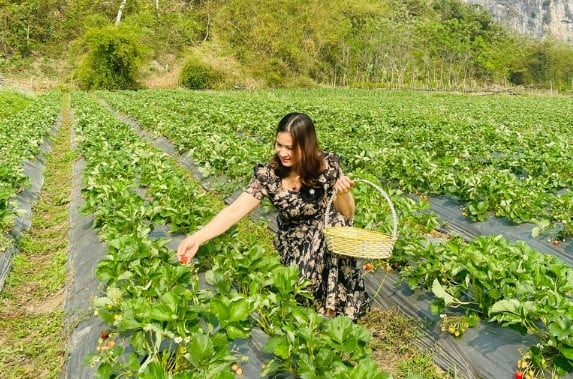

Comment (0)